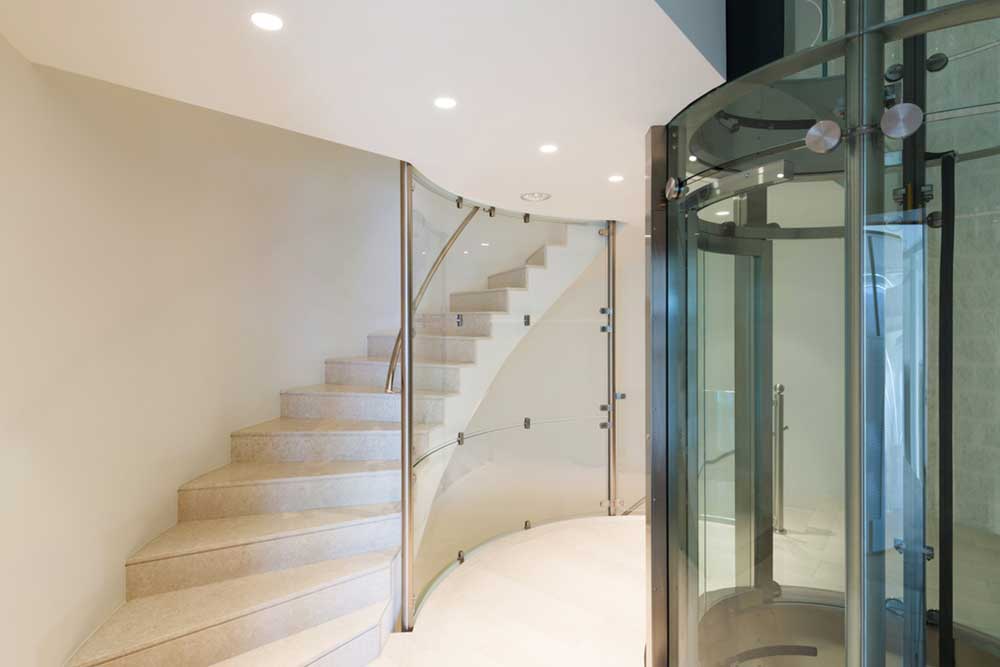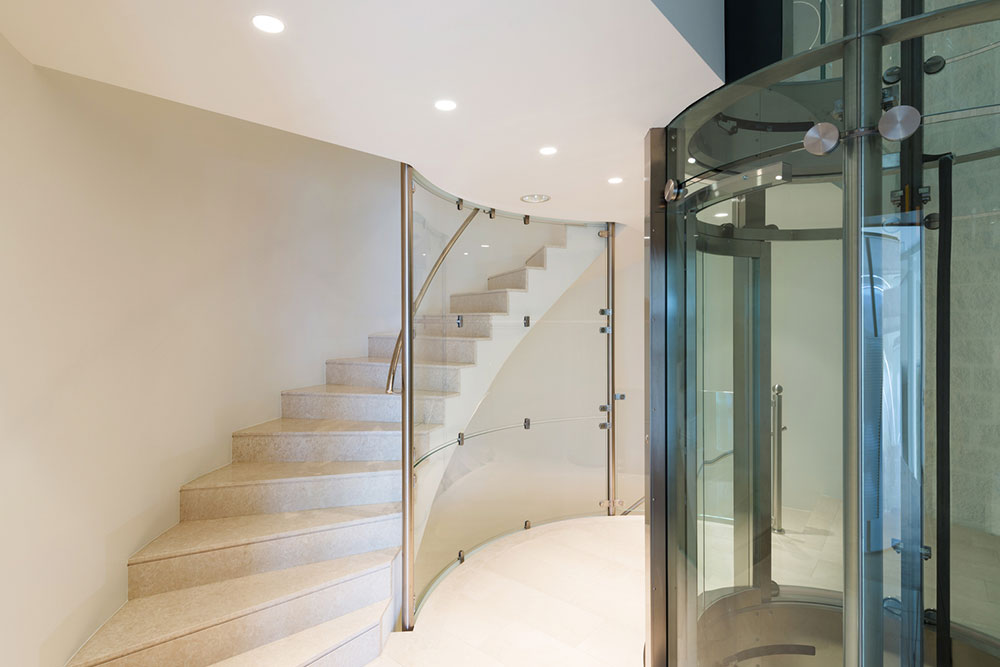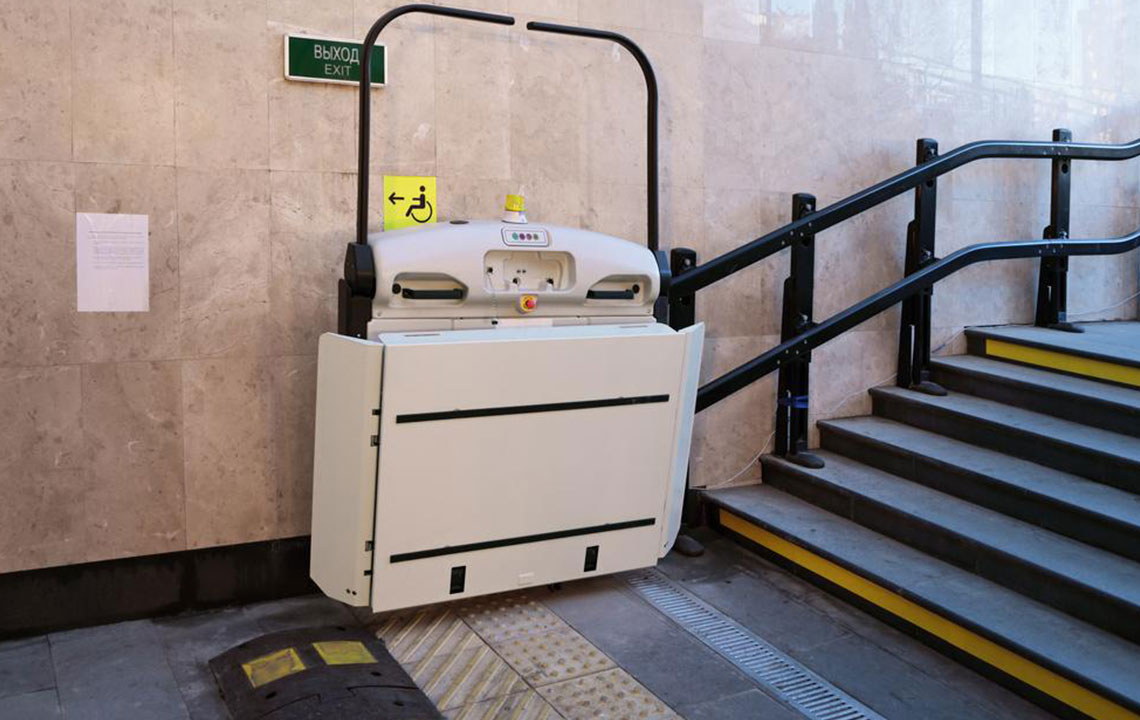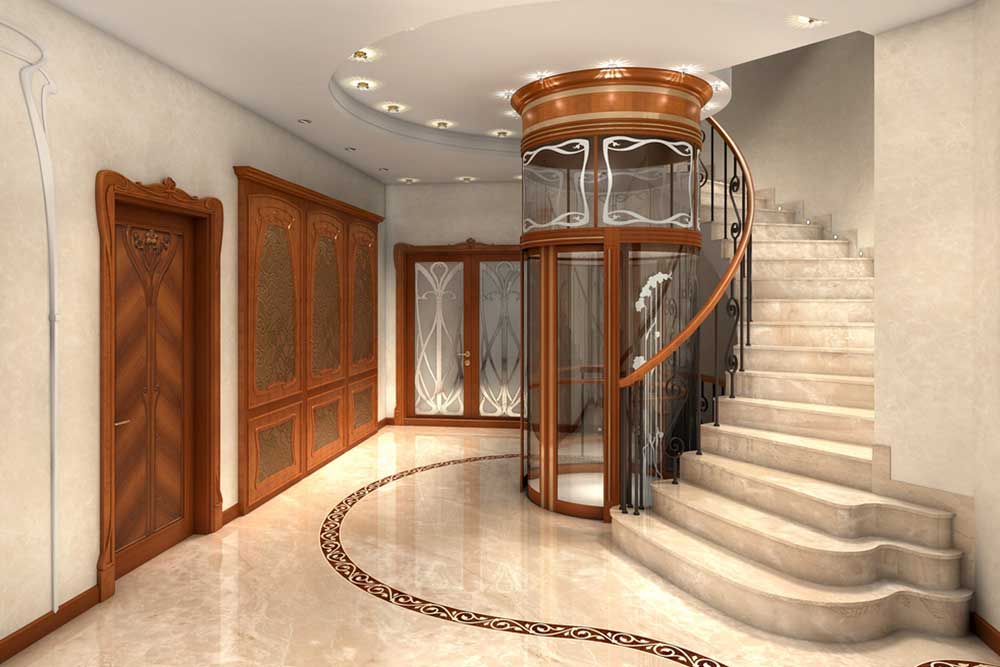Comprehensive Guide to Popular Residential Elevator Options for Modern Homes
This comprehensive guide explores the most popular types of residential elevators, including winding drum with counterweight systems, pneumatic tube elevators, and hydraulic with rope solutions. Each system offers unique advantages like energy efficiency, space-saving design, and ease of installation, making modern home lifts accessible for various residential needs. Discover detailed insights into installation, operation, and maintenance for enhancing your home’s convenience and value, regardless of your house size or design style.

Exploring the Main Types of Residential Elevators for Contemporary Homes
In recent years, the integration of elevator systems into private residences has seen a significant surge, transforming multi-story homes into more accessible and luxurious living spaces. Unlike traditional stair lifts or simple platform devices, modern residential elevators are designed to combine functionality, safety, and aesthetic appeal, making them an ideal upgrade for homeowners seeking both convenience and style. These innovative solutions are now more affordable and easier to install, extending benefits beyond luxury homes or homes with residents who have mobility challenges, thereby opening up new possibilities for a broader range of households.
Winding Drum with Counterweight Mechanism
One of the longstanding and most reliable types of home elevators is the winding drum with counterweight system. This classic design operates by utilizing a motor-driven drum that winds and unwinds steel cables, which in turn carry the cab up and down the shaft. Sitting alongside is a counterweight that balances the weight of the cab plus passengers, reducing the load on the motor and making the system more energy-efficient and safe. The entire setup is typically installed on the top floor, which not only conserves space but also simplifies maintenance and installation. Due to its simplicity and cost-effectiveness, this type of elevator remains highly popular among homeowners looking for a dependable lift solution without breaking the bank.
Energy efficiency and straightforward installation are among the key advantages of this traditional system. Its compact configuration allows it to fit into existing homes with minimal structural modifications, making it a preferred choice for many residential settings. Additionally, the mechanical components of the winding drum and counterweight system are durable, ensuring longevity with proper maintenance. This type of elevator is particularly suited for houses where intuitive operation and reliable performance are priorities, offering peace of mind to users and property owners alike.
Known for its simplicity, energy efficiency, and cost-effectiveness, the winding drum with counterweight is a classic choice for residential applications. Its ease of installation on the upper floor saves space and reduces overall costs, making it ideal for both new constructions and retrofitting existing homes. This system’s reliability and low maintenance needs contribute to its continuing popularity, especially among homeowners seeking a practical and affordable vertical transportation solution within their private residences.
Pneumatic Tube Elevators
Pneumatic tube elevators represent a cutting-edge, modern approach to home lifts, utilizing atmospheric pressure differences rather than traditional cables. This innovative design involves sealed chambers or tubes through which the elevator cab moves. When the system pressurizes or depressurizes the chamber—a process powered by electric blowers—the atmospheric pressure propels the cab up or down quietly and smoothly. This mechanism offers a highly energy-efficient alternative to conventional hydraulic or cable-based elevators, primarily because it only consumes power during the pressurization and depressurization processes. The gravity-assisted descent helps further reduce energy consumption, making pneumatic lifts an eco-friendly choice suitable for environmentally conscious homeowners.
Designed with sleek aesthetics in mind, pneumatic lifts are often compact, minimally invasive, and visually appealing, blending seamlessly with modern home interiors. Installation is straightforward, typically requiring minimal structural modifications, which is especially advantageous for existing homes. Their low operational costs and low maintenance needs make pneumatic systems increasingly popular among homeowners seeking a modern, space-saving elevator that combines functionality with style.
Hydraulic with Rope Systems
The hydraulic with rope system integrates hydraulic power with pulley and cable technology to create a smooth and reliable lift experience. In this configuration, a hydraulic pump moves a piston that applies force to raise or lower the ropes connected to the elevator cab. As the hydraulic fluid is pressurized, it pushes the piston, which in turn pulls or releases the ropes, ensuring a gentle acceleration and deceleration of the lift. This setup offers a versatile solution for homes where traditional full-hydraulic elevators may be impractical due to space constraints or aesthetic considerations.
One of the significant benefits of a roped hydraulic elevator is its ability to operate efficiently in confined spaces while maintaining high performance standards. The system offers a quiet and smooth operation characteristic of hydraulic lifts, with the added benefit of reduced footprint compared to traditional hydraulic elevators. It is suitable for a variety of residential environments, from modest single-family homes to larger multi-story residences, providing a long-lasting and reliable vertical transportation mechanism that seamlessly integrates into the home’s design. Maintenance requirements are moderate, and with the right care, these systems can serve homeowners for decades, making them a practical investment for elevating home accessibility and convenience.




